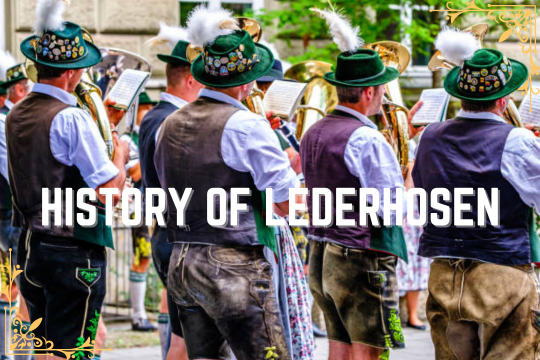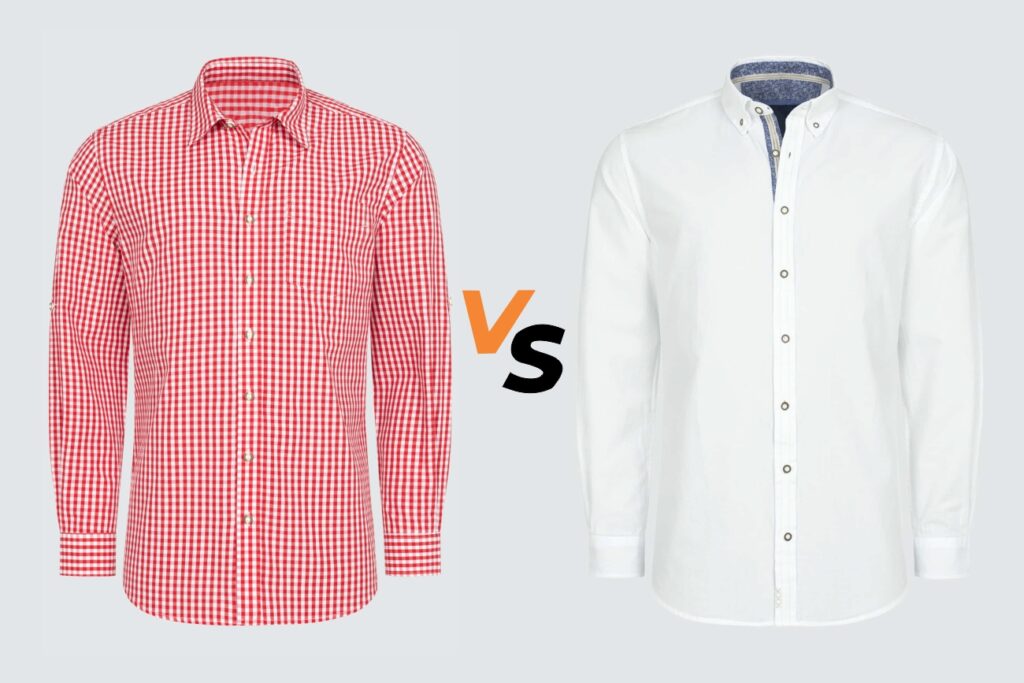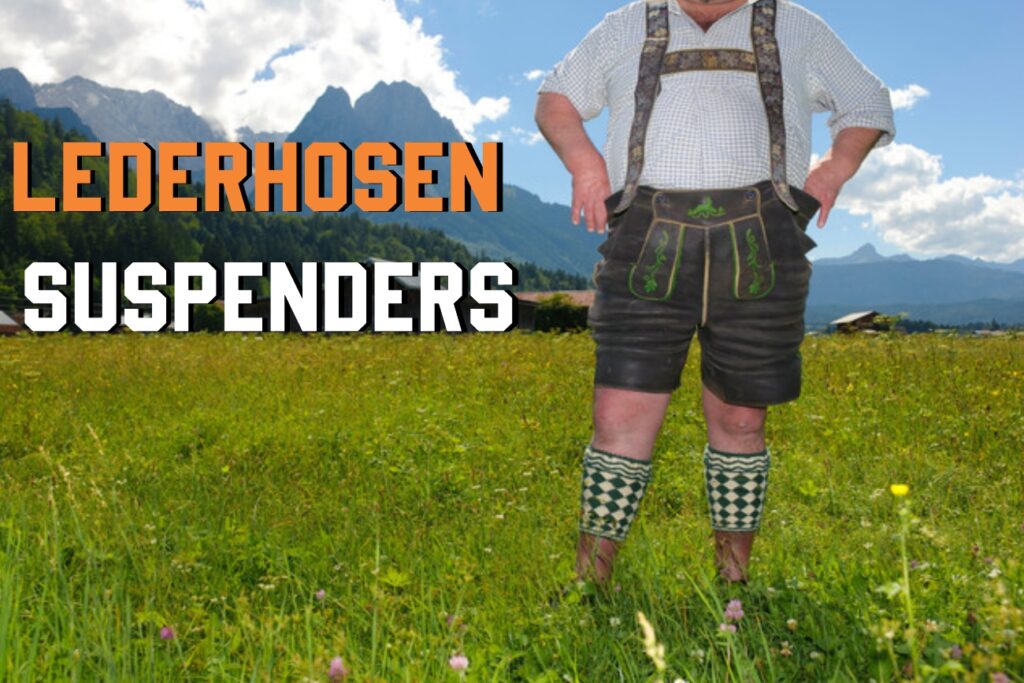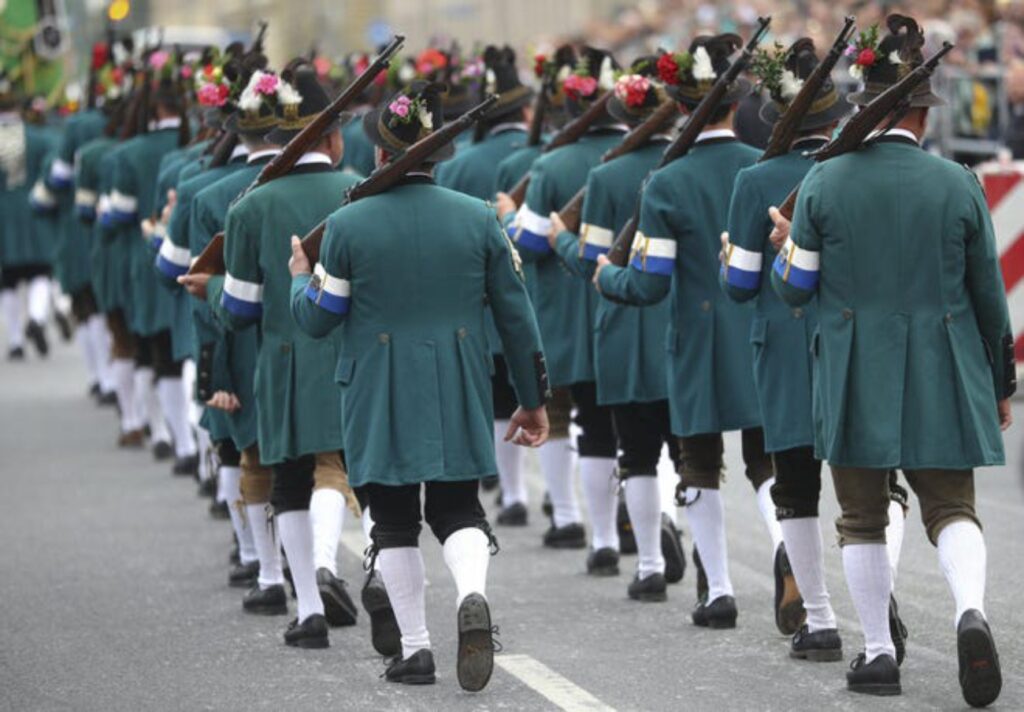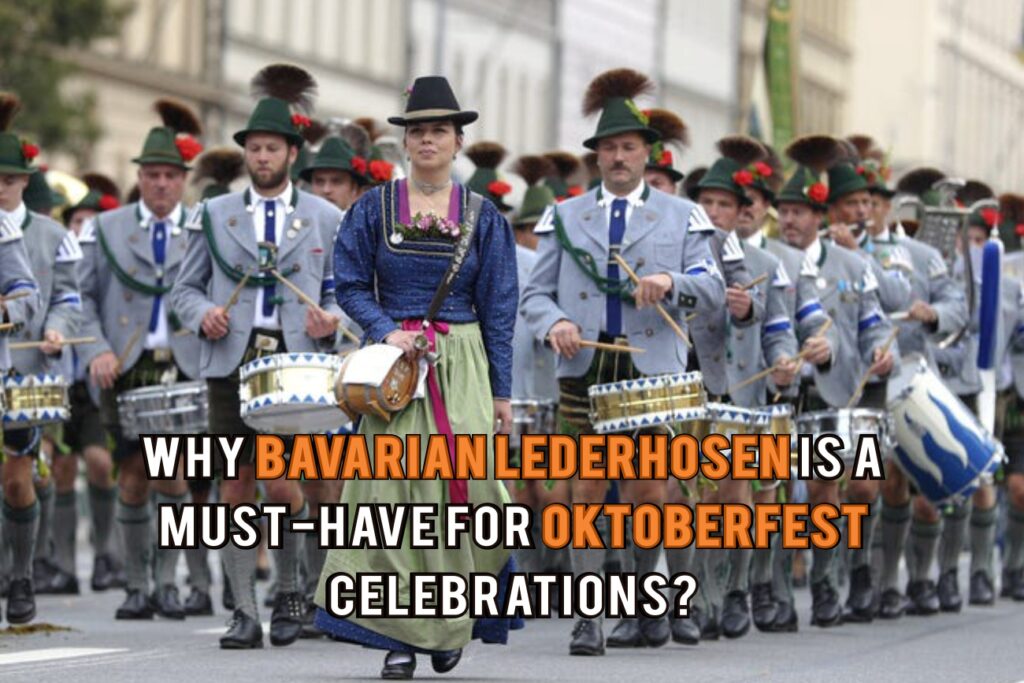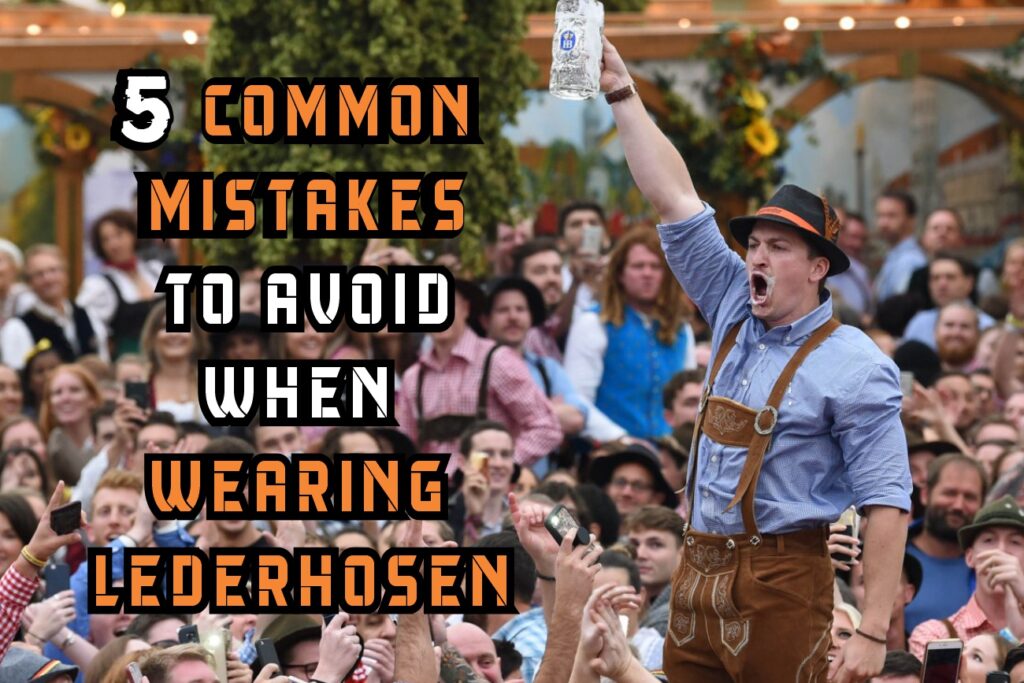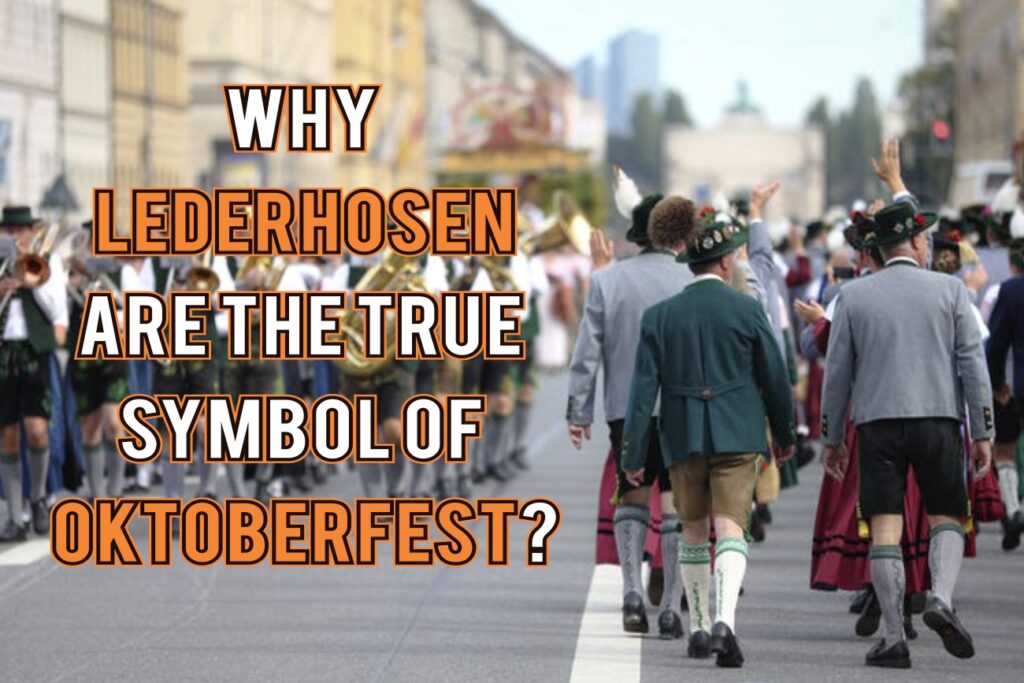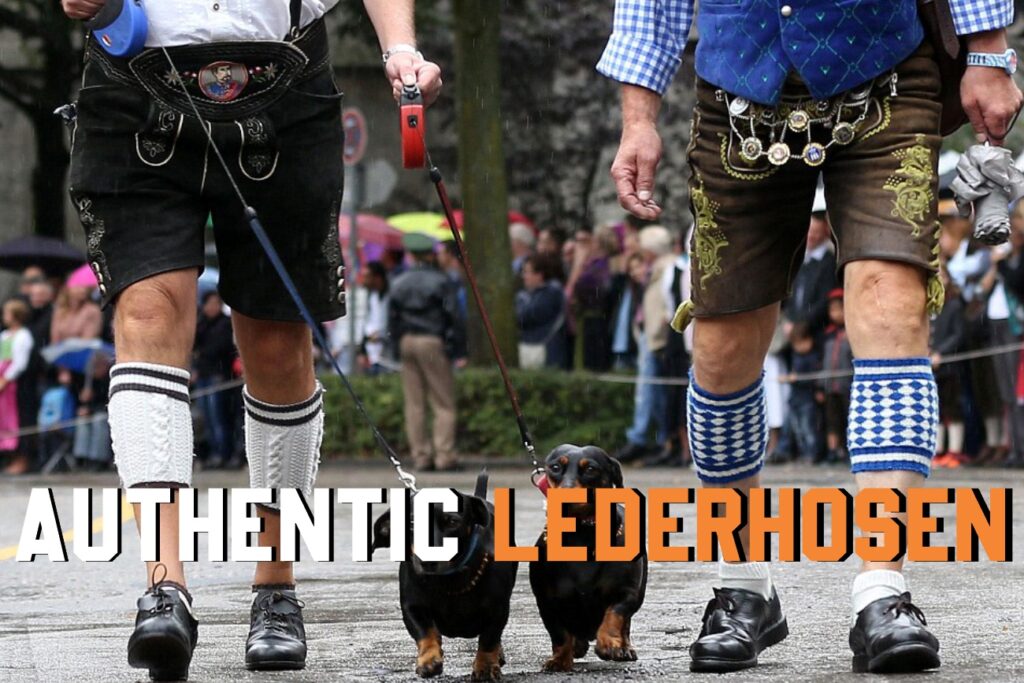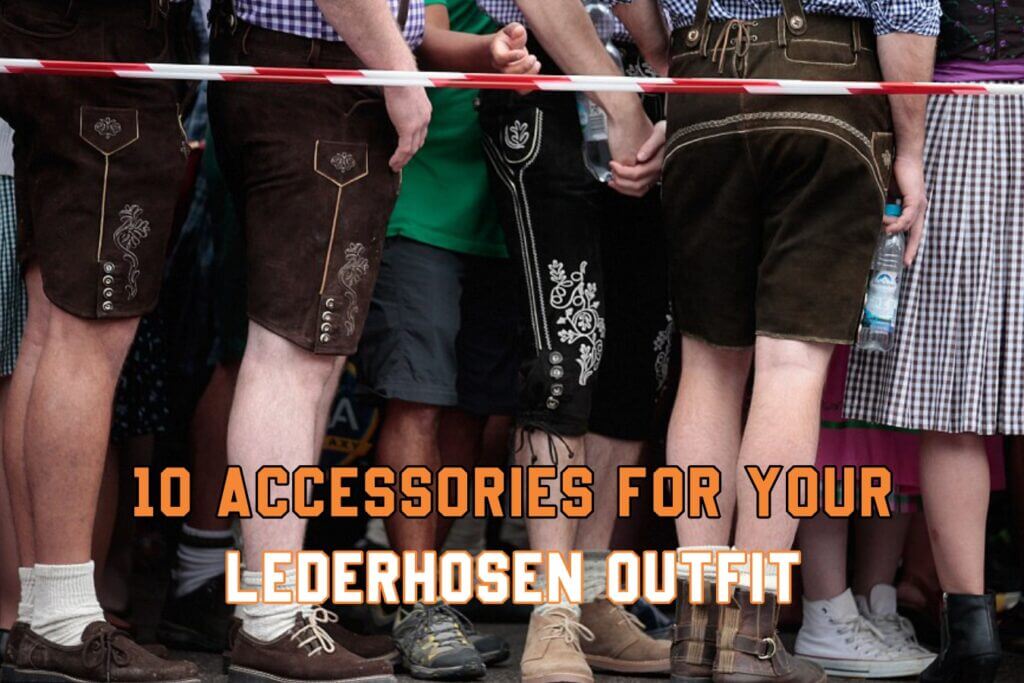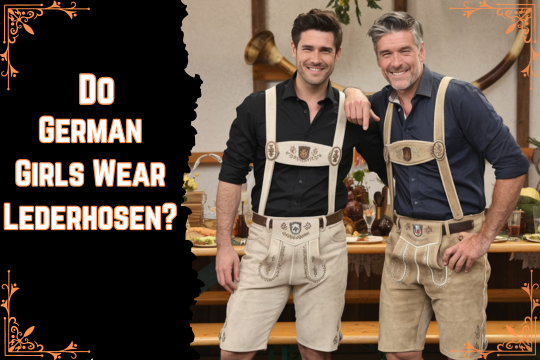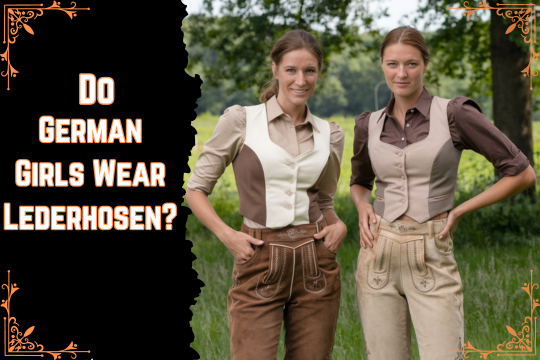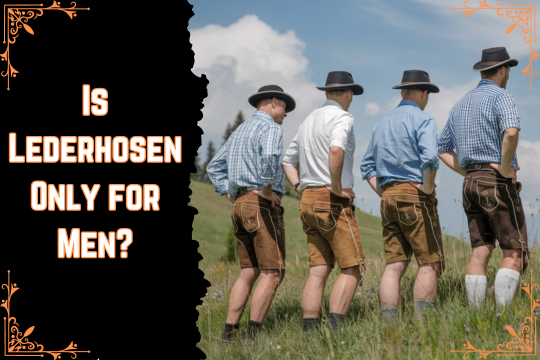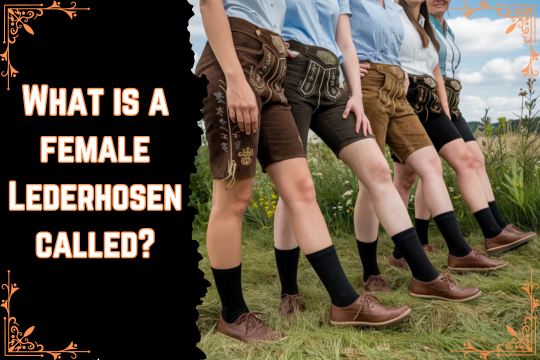Discover the rich history of lederhosen, from Bavarian workwear to Oktoberfest icon. Explore authentic lederhosen outfits and traditional German clothing. Lederhosen, often synonymous with Bavarian culture, are more than just a popular outfit worn at Oktoberfest. These traditional German clothing items have a rich history that reflects the customs and lifestyle of the Alpine regions. Let’s delve into the origins and evolution of lederhosen, exploring how they became a quintessential part of Bavarian clothing.
Origins of Lederhosen
The term lederhosen translates to “leather trousers” in German, indicating their primary material. Initially, lederhosen was designed as practical workwear for peasants and laborers in the Alpine regions, including Bavaria, Austria, and Switzerland. The durable leather used for these trousers made them ideal for strenuous physical activities such as farming, hunting, and woodcutting.
Evolution and Cultural Significance
During the 18th century, lederhosen started to gain popularity among the nobility, who adopted the outfit for leisure activities like horseback riding and hunting. This shift helped elevate lederhosen from purely utilitarian clothing to a symbol of rustic charm and traditional craftsmanship.
By the 19th century, lederhosen had become an integral part of traditional German clothing. Various styles emerged, including the short lederhosen shorts and the knee-length bundhosen. These garments were often intricately embroidered, reflecting regional patterns and designs.
History of Lederhosen and Oktoberfest
The association of lederhosen with Oktoberfest began in the early 19th century when the festival was first celebrated in Munich. The lederhosen outfit became the standard attire for men attending the event, symbolizing Bavarian pride and heritage. Today, the German Oktoberfest lederhosen are iconic, with millions of festival-goers donning these traditional outfits.
Modern-Day Lederhosen
In recent years, there has been a resurgence in the popularity of lederhosen, both in Germany and internationally. Modern versions of lederhosen men wear can range from authentic traditional designs to contemporary adaptations. The appeal of authentic lederhosen outfits lies in their craftsmanship, comfort, and connection to Bavarian culture.
For those seeking lederhosen günstig herren (affordable men’s lederhosen), there are numerous options available, ranging from ready-to-wear pieces to custom-made garments. Munich, the heart of Bavaria, is a prime destination for purchasing lederhosen Munich styles that boast authenticity and quality.
Components of a Lederhosen Outfit
A traditional German lederhosen outfit typically includes the following elements:
- Lederhosen: The leather trousers, either short or knee-length.
- Shirt: Usually a checkered or white shirt.
- Haferlschuhe: Traditional Bavarian shoes.
- Socks: Knee-high woolen socks or Loferl (calf warmers).
- Accessories: Suspenders with ornate embroidery, and sometimes a hat with feathers or a Gamsbart (a tuft of hair from a chamois).
Conclusion
The history of lederhosen is a testament to the enduring appeal of traditional Bavarian clothing. From its origins as practical workwear to its status as a cultural icon at Oktoberfest, lederhosen embodies the spirit and heritage of the Alpine regions. Whether you’re looking for a mens lederhosen outfit for a festival or an authentic lederhosen outfit for cultural celebrations, these garments continue to be a vibrant part of German culture.
Embrace the tradition and charm of lederhosen, and you’ll be wearing more than just an outfit—you’re donning a piece of history.
Here at Lederhosen Outfit we offer a great quality traditional Lederhosen.
FAQs About Lederhosen
Do you have to wear lederhosen at Oktoberfest?
While it is not mandatory to wear lederhosen at Oktoberfest, many attendees choose to don these traditional outfits to embrace Bavarian culture and enhance their festival experience. German Oktoberfest lederhosen has become synonymous with the celebration, making it a popular choice for both locals and tourists. If you want to fully immerse yourself in the spirit of Oktoberfest, wearing a lederhosen outfit is highly recommended.
What does lederhosen mean?
The term lederhosen comes from the German words “Leder,” meaning leather, and “Hosen,” meaning trousers. Therefore, lederhosen translates to “leather trousers.” These garments are a traditional form of Bavarian clothing that has been worn for centuries, originally designed for their durability and practicality.
How do you spell lederhosen?
The correct spelling of this traditional German attire is lederhosen. It’s important to use the proper spelling, especially when searching for authentic lederhosen outfit options or looking into the history and cultural significance of lederhosen Munich.
What is lederhosen made of?
Lederhosen is traditionally made from high-quality leather, typically sourced from deer, goat, or cowhide. The choice of leather ensures the trousers are durable and long-lasting, which was essential for their original use as workwear. Modern variations of lederhosen men wear may incorporate different types of leather, but the emphasis on quality remains the same.
How should lederhosen fit?
A well-fitted pair of lederhosen should be snug but comfortable, allowing for ease of movement. The leather will stretch and mold to your body over time, providing a custom fit. When trying on mens lederhosen outfit, ensure that the waistband sits comfortably at your natural waist and that there is no pinching or excessive tightness. The length should be appropriate, with lederhosen shorts ending just above the knee and bundhosen extending below the knee.
How do you clean lederhosen?
Cleaning lederhosen requires special care to preserve the quality of the leather. Here are some tips:
- Spot Cleaning: Use a damp cloth to gently wipe away any dirt or stains. Avoid using excessive water.
- Leather Cleaner: For tougher stains, apply a small amount of leather cleaner with a soft brush or cloth. Test on a small area first.
- Air Dry: Never use a dryer or direct heat. Allow the lederhosen to air dry naturally, away from direct sunlight.
- Condition: Periodically condition the leather with a quality leather conditioner to keep it supple and prevent cracking.
Following these steps will help maintain your authentic lederhosen outfit for years to come, ensuring it remains a cherished part of your traditional German clothing collection.

